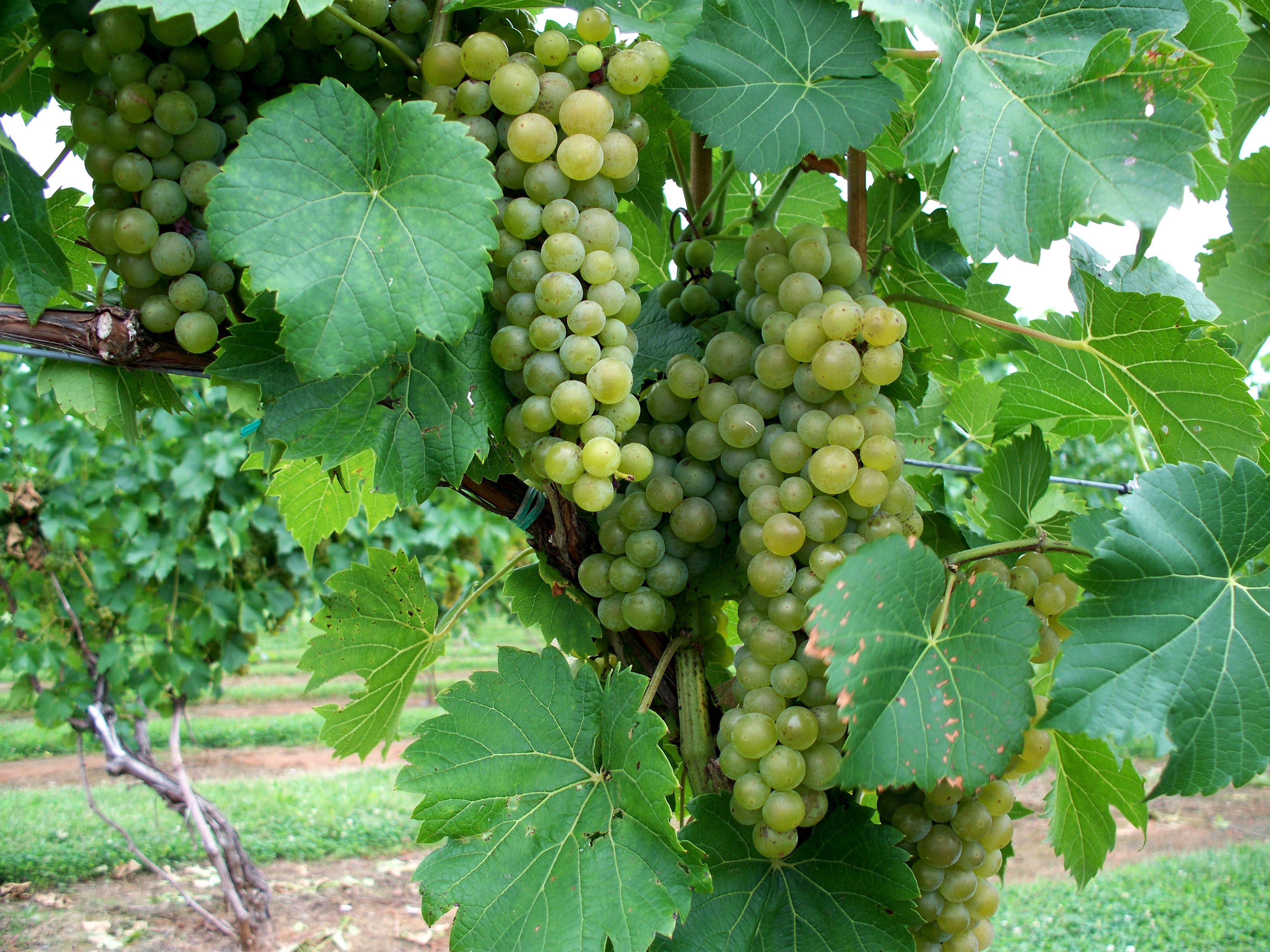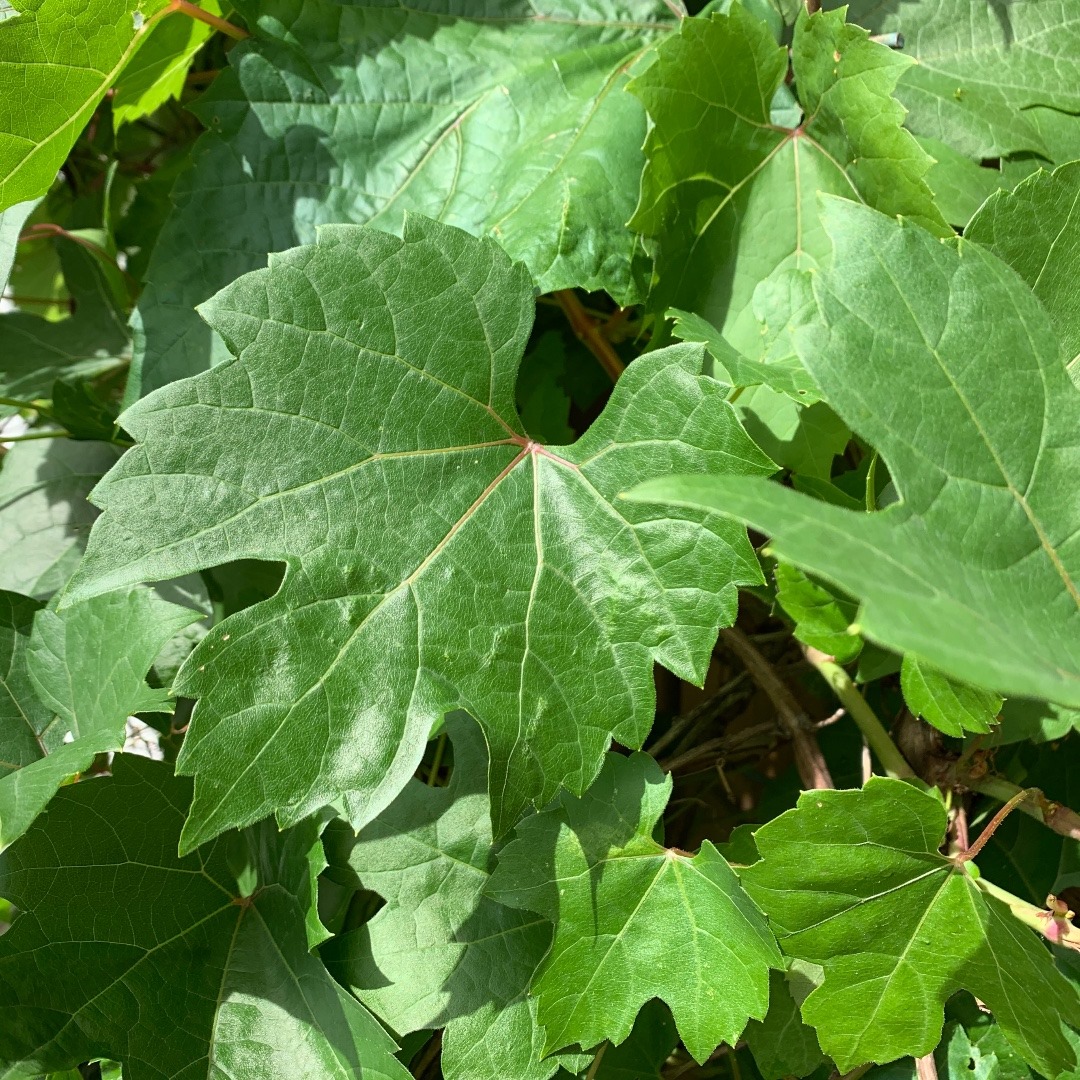
Īlcohol, as a hepatotoxin, causes hepatic injury via alcohol-metabolism-induced oxidative stress, the formation of mutagenic acetaldehyde, and proinflammatory cytokine production. Importantly, the hepatoprotective effects of GLE were demonstrated in a model of CCl 4-induced acute liver damage, but the underlying mechanisms were not explored. For instance, the fruit and seed extract showed hepatoprotective effects in liver injuries associated with immunology, infections, and drug intoxication. Given the vulnerability of the liver to oxidative damage, the use of antioxidants has been proposed as therapeutic agents, as well as drug coadjuvants, to ameliorate liver pathologies. Grape-leaf extracts (GLEs) are known to be rich in phenolic compounds that were found to exert potent antioxidant effects. The fresh leaves have also been traditionally used for various ailments, in addition to being considered as an important food source. In conclusion, our results suggested that GLE interferes with NF-κB signaling and induces antioxidant effects, which both play a role in attenuating apoptosis and associated liver injury in a model of EtOH-induced liver damage in rats.ĭifferent parts of the common grape ( Vitis vinifera L., Vitaceae) are commonly used to produce wine and dietary antioxidant supplements with vitamins and minerals.

Finally, EtOH-induced histopathological changes in liver sections were markedly normalized by GLE. Caspase-3 and survivin were enhanced by EtOH intake and suppressed by GLE intake. Moreover, GLE suppressed EtOH-induced expression of nuclear factor-κB (NF-κB) p65 subunit and proinflammatory cytokine tumor necrosis factor-α. Results showed that GLE-attenuated liver injury and promoted marked hepatic antioxidant effects, in addition to suppressing the increased heat-shock protein-70 expression. Blood samples and livers were then collected, and used for various biochemical, immunohistochemical, and histopathological analyses. In experimental in vivo design, liver injury was induced by oral administration of high doses of ethanol (EtOH) for 12 days to male Sprague Dawley rats that were split into five different groups. The secondary metabolites were profiled using HPLC–PDA–ESI-MS, and forty-five compounds were tentatively identified. The current study was designed to characterize secondary metabolites and investigate the hepatoprotective effects of GLE and its underlying mechanisms.

Given the vulnerability of the liver to oxidative damage, antioxidants have been proposed as therapeutic agents and coadjuvant drugs to ameliorate liver pathologies.

Grape ( Vitis vinifera) leaf extracts (GLEs) are known to be rich in phenolic compounds that exert potent antioxidant effects.


 0 kommentar(er)
0 kommentar(er)
